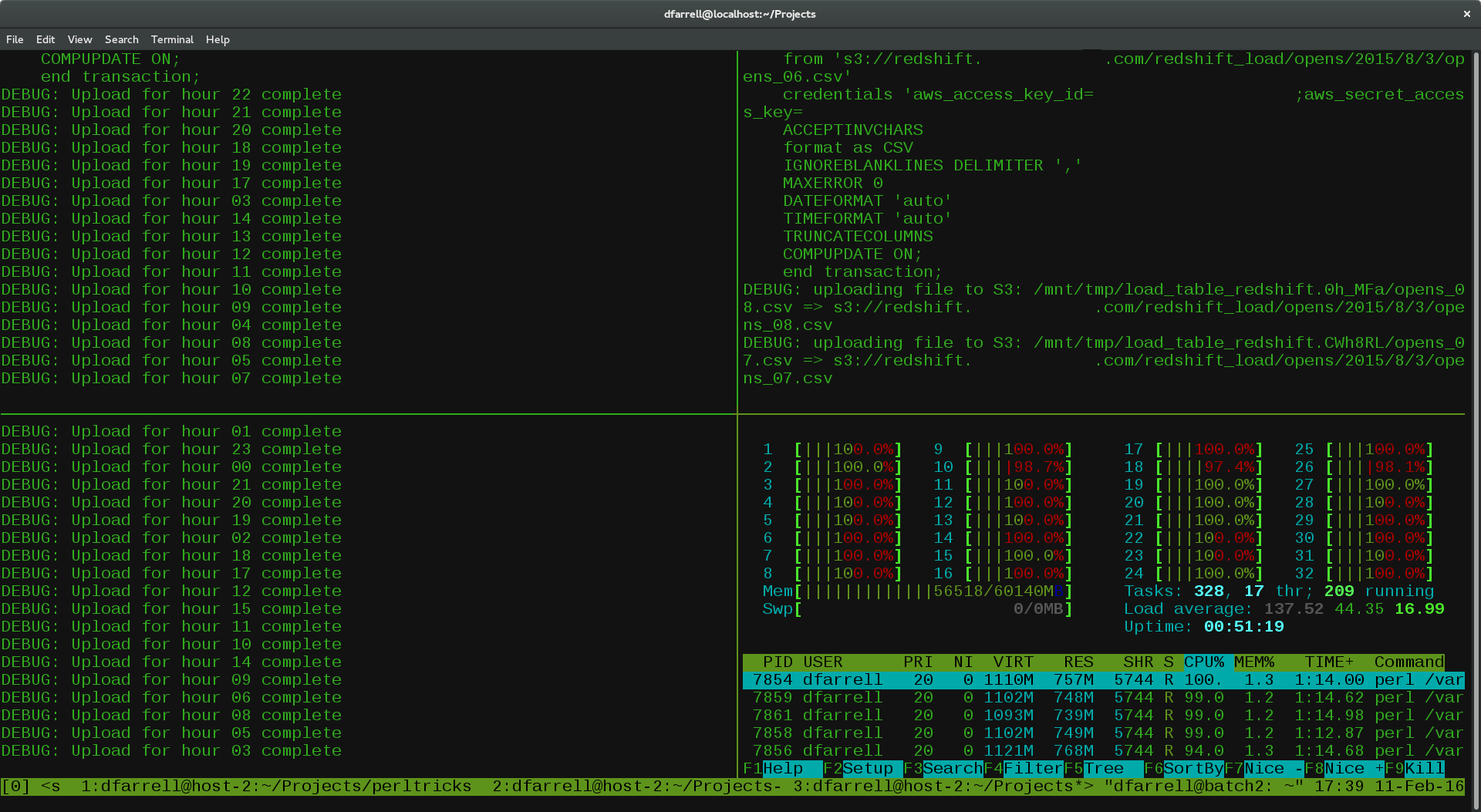
#setw -g window-status-current-format ' #W ' Set-option -g default-terminal screen-256colorīind-key -n M-n new-window -c "# '

Here’s the nf (or you may always have a look at my dotfiles for a newer version: Resizing panes is also usable with a mouse.Īs for the status bar, I’m not a big fan of being overloaded with information, so I only show window names there, or in the case then window has only an open shell - current directory name. For other, less frequent actions I accept to use the default bindings, from time to time.Īdditionally, I would like tmux to use my primary clipboard on all systems, so that I would only have to copy text with my mouse or keyboard selection. That’s pretty much everything I ever needed from tmux.

Intuitive? Now, same hotkeys with Shift key are used to modify things: Mod+HJKL or arrows: switch between panes.Mod+, and Mod+.: switch to next/prev windows.Finally, I wanted it to be similar in German/US keyboards, as well as work for MacBooks and regular laptops. Additionally, my goal was not to override anything in the default tmux configuration to be able to use default tmux as well, if I have to (i.e. With this in mind, I decided to customize my tmux to use only simple chorded hotkeys without a prefix for most common actions, and to make them easy to remember. Pressing a chorded prefix hotkey only to press another chorded hotkey to perform a single action is clear nonsense.

But, the prefix thing? Pardonnez-moi, but usability matters.

So, I ended up doing 80% of my work in terminals with tmux. And over the years I realised that I only need a terminal multiplexor to do terminal tiling for me, the rest of the windows are just fine to be full-screen in separate workspaces. Not that I didn’t like those, but I occasionally have to work with macOS or default GNOME setups. Tmux has liberated me from tiling window mangers.


 0 kommentar(er)
0 kommentar(er)
